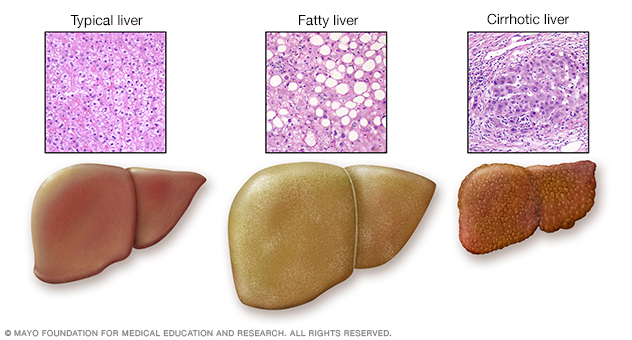
:max_bytes(150000):strip_icc()/liver-disease-how-long-to-live-63374_color2-5b95e287c9e77c002c1dd24c.png)
The conversion of waste products of body metabolism into urea that is excreted in the urine.The manufacture of cholesterol and other chemicals required for fat transport.The processing and storage of iron necessary for red blood cell production.Production of amino acids (the building blocks for making proteins), including those used to help fight infection.Storing of the extra glucose or sugar as glycogen, and then converting it back into glucose when the body needs it for energy.Production of bile that is required in the digestion of food, in particular, fats.The liver can be considered a factory, and among its many functions include: The liver is the only organ in the body that can easily replace damaged cells, but if enough cells are lost, the liver may not be able to meet the needs of the body. Bile is stored in the gallbladder and when food enters the duodenum (the first part of the small intestine), bile is secreted into the duodenum, to aid in the digestion of food. The portal vein also efficiently delivers the chemicals and proteins that liver cells need to produce the proteins, cholesterol, and glycogen required for normal body activities.Īs part of its function, the liver makes bile, a fluid that contains among other substances, water, chemicals, and bile acids (made from stored cholesterol in the liver). Normally, veins return blood from the body to the heart, but the portal vein allows nutrients and chemicals from the digestive tract to enter the liver for processing and filtering prior to entering the general circulation.

The hepatic artery supplies oxygen-rich blood that is pumped from the heart, while the portal vein supplies nutrients from the intestine and the spleen. The liver cells have two different sources of blood supply. It has two main lobes that are made up of tiny lobules. The liver is located in the upper right portion of the abdomen protected by the rib cage.

The liver is the largest solid organ in the body and is also considered a gland because, among its many functions, it makes and secretes bile. Usually, more than 75% or three-quarters of liver tissue needs to be affected before a decrease in function occurs. Liver disease is a broad term that covers all the potential problems that cause the liver to fail to perform its designated functions. Liver disease is also referred to as a hepatic disease. The liver is responsible for many critical functions within the body and should it become diseased or injured, the loss of those functions can cause significant damage to the body. Liver disease is any disturbance of liver function that causes illness.


 0 kommentar(er)
0 kommentar(er)
